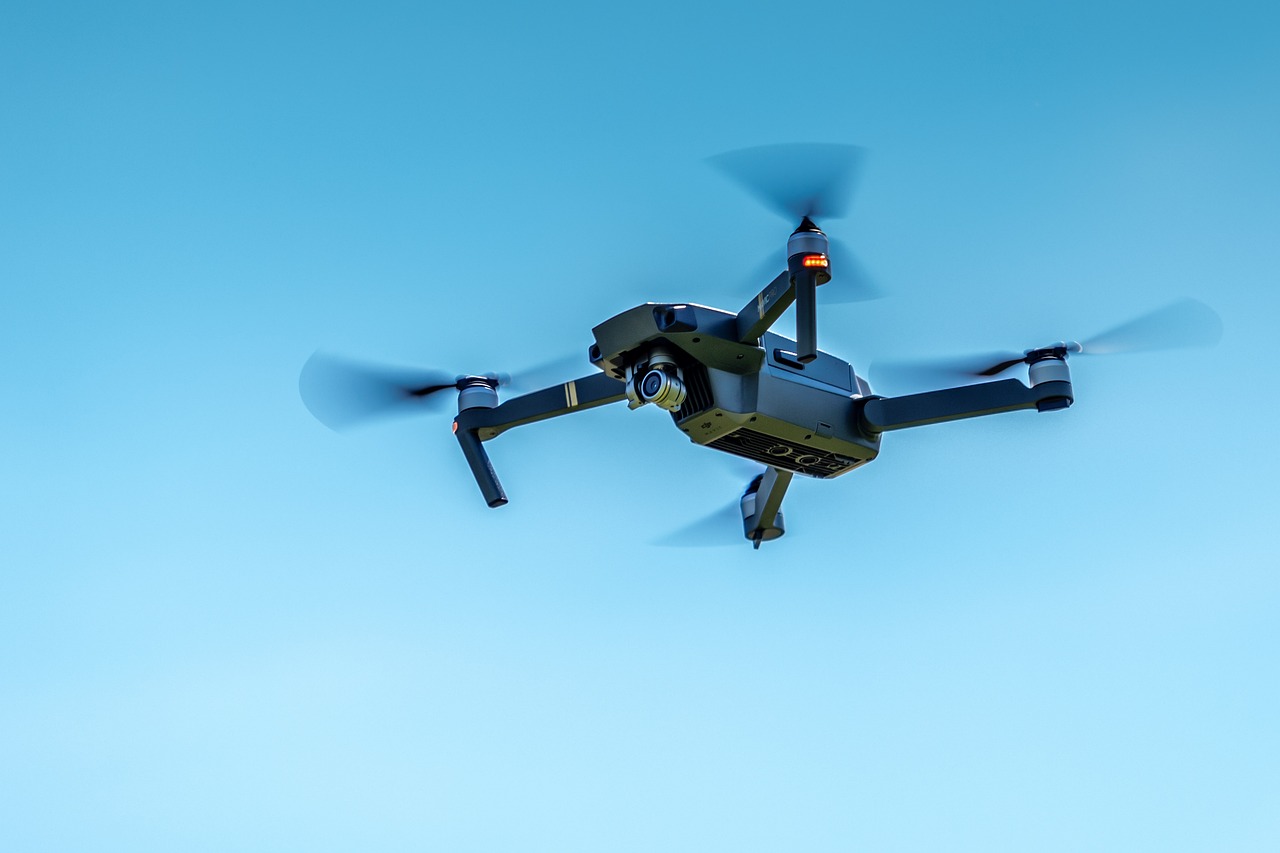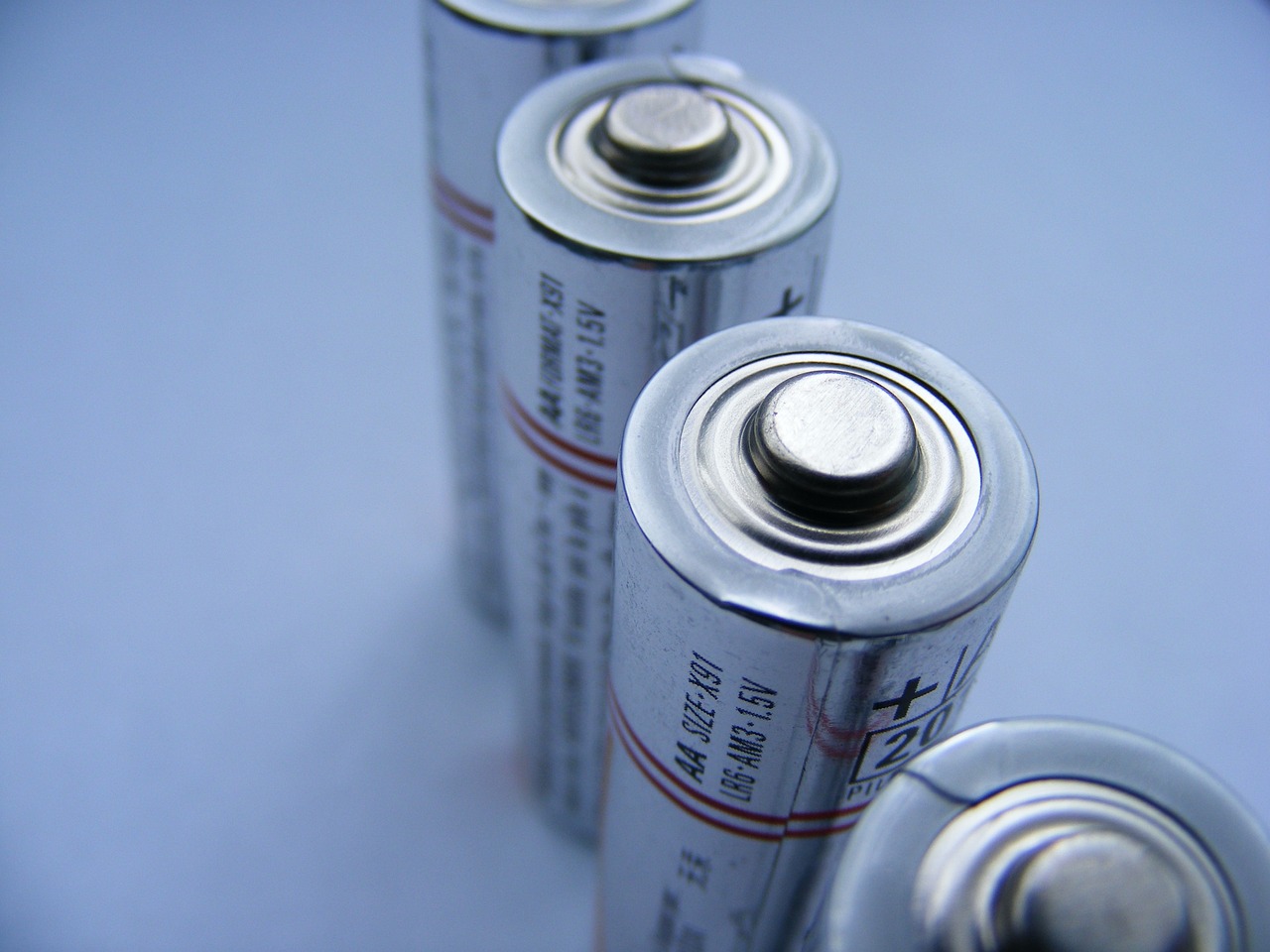This post is also available in:
 עברית (Hebrew)
עברית (Hebrew)
As small drones become increasingly capable of performing advanced tasks such as autonomous navigation and object recognition, one major hurdle remains: their limited battery life. Current AI technologies, which are essential for these tasks, consume significant amounts of power, drastically reducing flight time. To overcome this challenge, researchers at Texas A&M University are developing a solution that could make AI-powered drones more energy-efficient—neuromorphic computing.
Neuromorphic computing mimics the human brain’s processing methods. Unlike traditional AI systems that consume large amounts of power, neuromorphic systems use neuron-like nano-devices that activate only when necessary. This efficiency significantly reduces energy consumption, making it an ideal solution for small, battery-powered drones that currently struggle with AI-driven tasks.
The Texas A&M team is focusing on creating a tiny, AI chip for drones, the size of a grain of rice, inspired by the way biological neurons work. This chip would allow drones to process information in a highly efficient manner, enabling them to make decisions, learn, and recognize objects while using minimal energy.
Drones, especially small ones, have limited battery capacity. While large drones can accommodate powerful engines to handle the energy demands of AI, smaller drones are constrained by their size. For example, adding a standard AI chip to a small drone can reduce its flight time from 46 minutes to just four minutes due to battery drain.
Dr. Suin Yi, an assistant professor in the Department of Electrical and Computer Engineering at Texas A&M, is leading the development of energy-efficient AI for drones. The key component of this work involves creating artificial neurons using thin conducting polymer films. These films can mimic the electrical signaling and information processing seen in biological neurons, enabling drones to only use power when processing or transmitting information, according to the press release.
This approach could lead to the creation of a neuromorphic computing system that allows small drones to maintain their flight times while performing complex AI tasks like object recognition, autonomous navigation, and decision-making. The integration of this technology would expand the capabilities of small drones, potentially transforming their use in fields such as surveillance and emergency response.


























